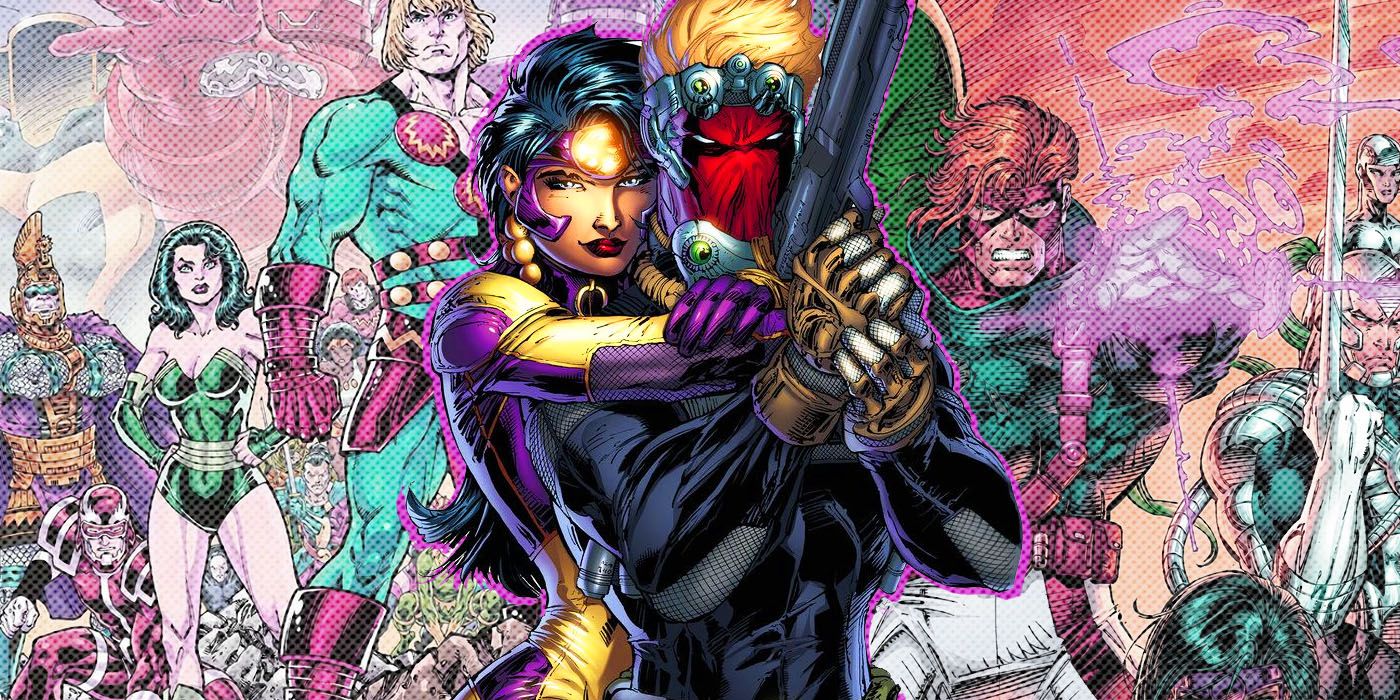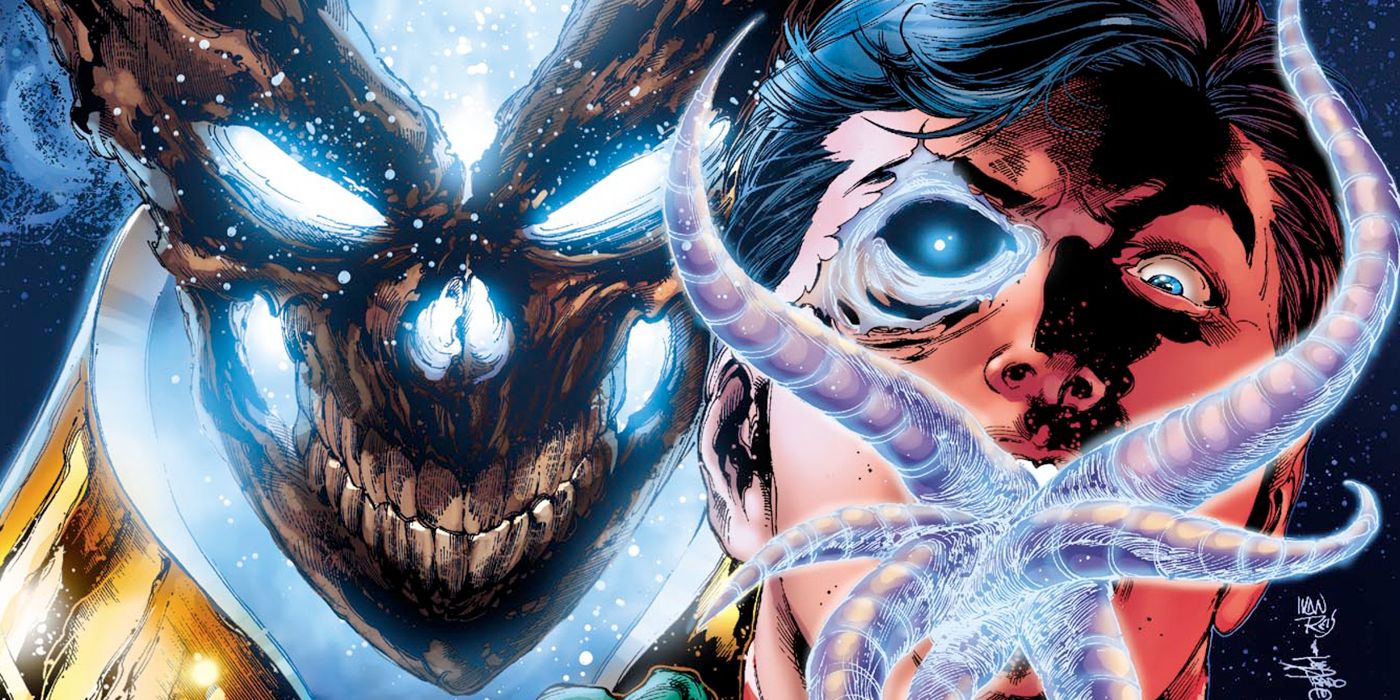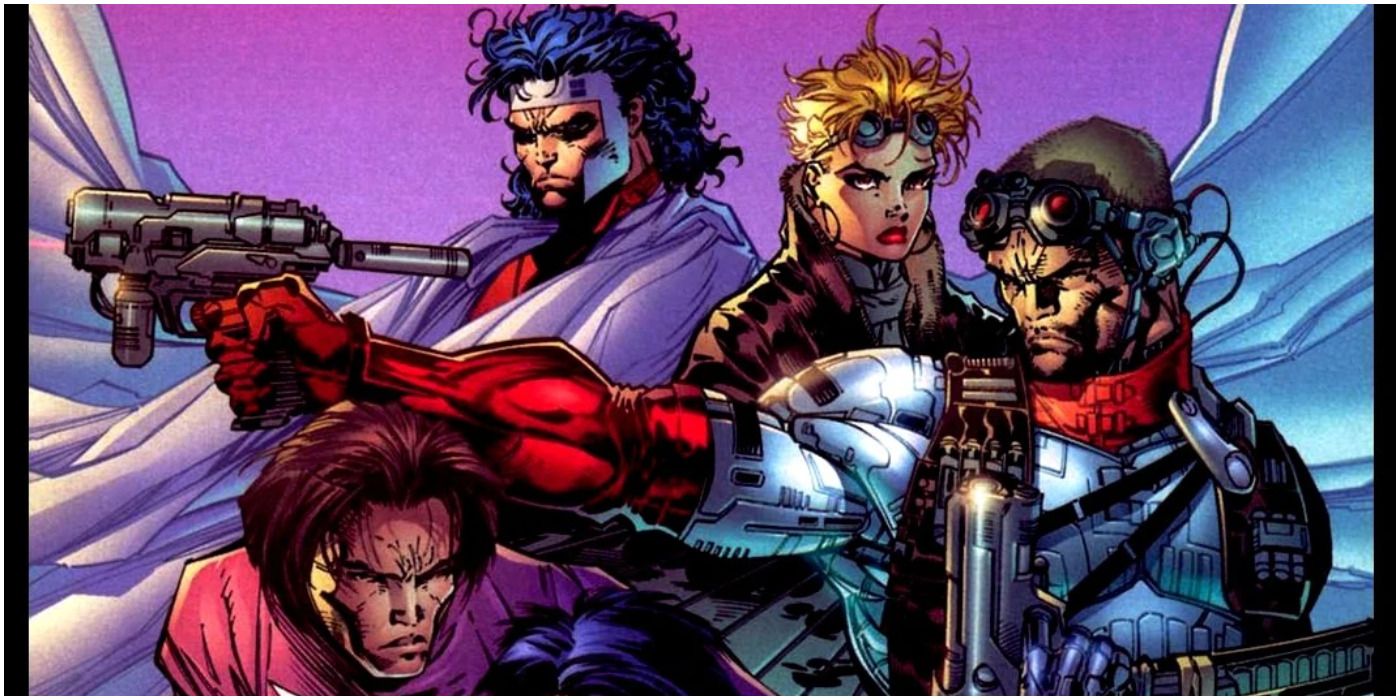The WildC.A.T.S. are celebrating their 30th anniversary. While their comeback may be with DC Comics, it's a huge win for Image Comics, too. Also celebrating the founding of the latter publisher -- it's a big day for Jim Lee's creations, showing how far comics have come since the 1990s. When they first appeared, the flashy art and similar costumes may have made the WildC.A.T.S. come off as ripoffs of another company's characters. Underneath the X-shape veneer, however, there was a much deeper backstory.
The WildC.A.T.S. have a mythos that ties into various Earth mythologies, essentially making them the superhero version of Ancient Aliens. This also puts it up against a certain property from Marvel Comics, though not the one that many might expect. Here's how the WildC.A.T.S. have the potential to be far more than just generic superheroes.
WildC.A.T.S. Is Similar to Eternals and Ancient Aliens
The central conflict in the WildC.A.T.S. titles focuses on the ongoing battles between two alien species -- the Kherubim and the Daemonites. The former are humanoid in appearance, being almost indistinguishable from humans aside from their many great powers. Daemonites, on the other hand, have beastly forms resembling H.R. Giger's Xenomorph. This makes sense, given their tendency to possess the bodies of other creatures. Combined with their name, this possession makes them essentially alien demons.
These aliens seemed to inspire tales of angels and demons when they came to Earth, as well as other mythologies. For instance, Zealot and the Coda sisterhood clearly influenced stories of the Amazons and other concepts from Greek mythology. For instance, there was a member of the Coda known as Artemis, suggesting that the Greek goddess was named after her. With their names being twisted and turned into religious concepts, the WildC.A.T.S.'s characters are very similar to Marvel's Eternals. These beings are god-like creatures whose exploits in the past inspired the tales that early civilizations would believe and worship.
These two comic book lines are both examples of the "ancient astronauts" theory. This idea suggests that Earth was visited in the past by far more advanced alien creatures, with these creatures' actions being interpreted as the work of gods. Such a theory is most well-known for being the premise of the documentary series Ancient Aliens on the History Channel. Given the prominence of supposed gods in Marvel and DC, it's a worthwhile narrative to follow. At the same time, it could also lead to some big issues down the line.
WildC.A.T.S.'s Take on Mythology Is Incompatible With DC Comics
Much like with the Eternals, the idea that the WildC.A.T.S.'s misunderstood mythology is the inspiration for Greco-Roman and other myths is somewhat incompatible with a shared superhero universe. The idea that aliens walk among humanity means absolutely nothing in a world where Superman exists. Likewise, how could the history of Zealot and the Coda work in a world with Wonder Woman and the actual Amazons. The latter is particularly egregious given how DC usually handles mythology.
Though Wonder Woman's mythos only became particularly loyal to the true Greek myths after the post-Crisis on Infinite Earths reboot, DC has generally had a more "classical" and traditional take on how mythology and the gods are handled. Marvel, being the more grounded and relatable universe, has gone so far as to make the gods more like "interdimensional aliens" than gods. That fits more with how WildC.A.T.S. handles the subject, with Jim Lee's Wildstorm world generally eschewing magic and fantasy entirely. This only reinforces that the WildC.A.T.S. should have their own universe, one where the world's oldest religious beings are inspired by aliens.



